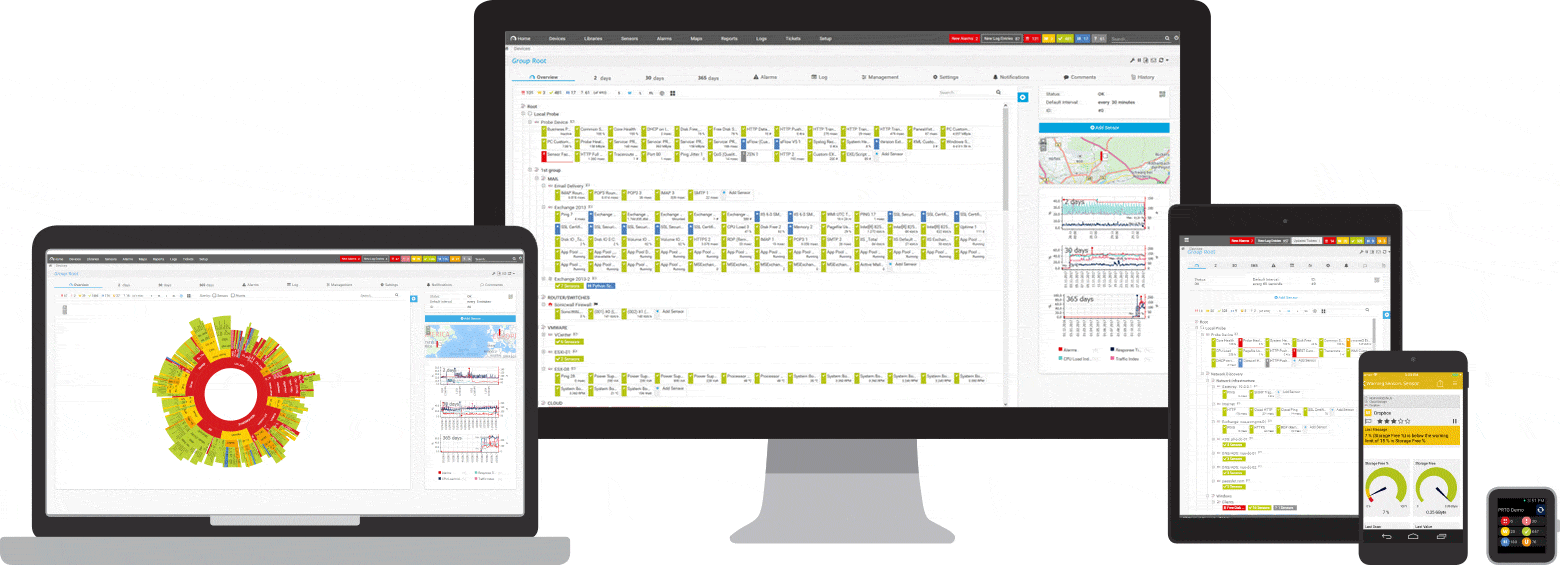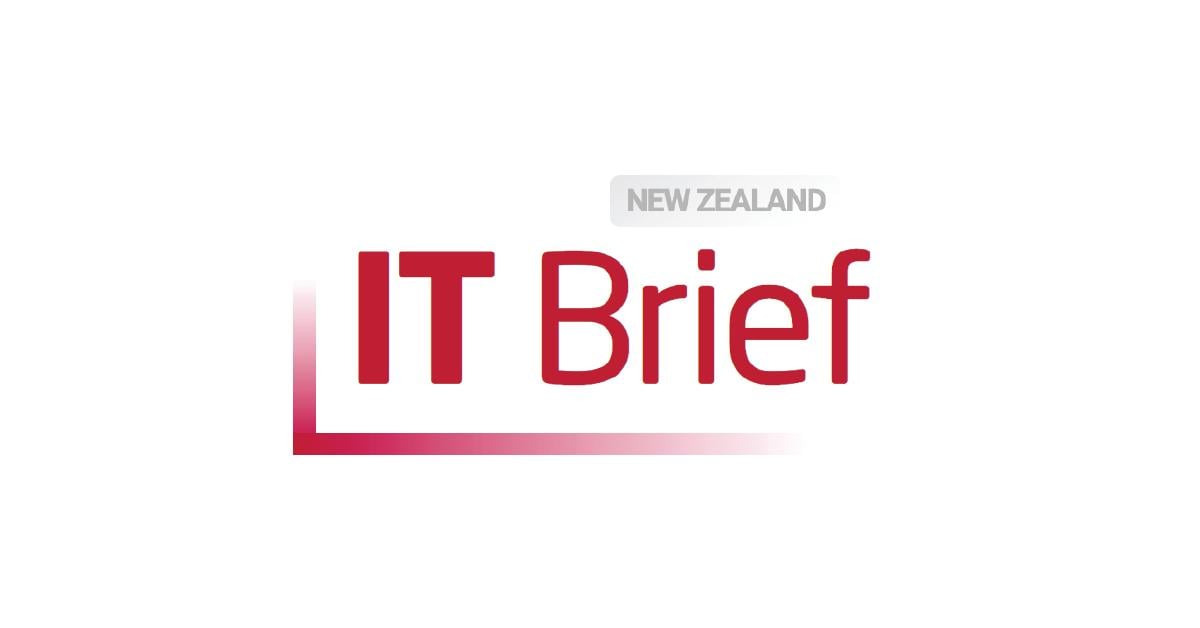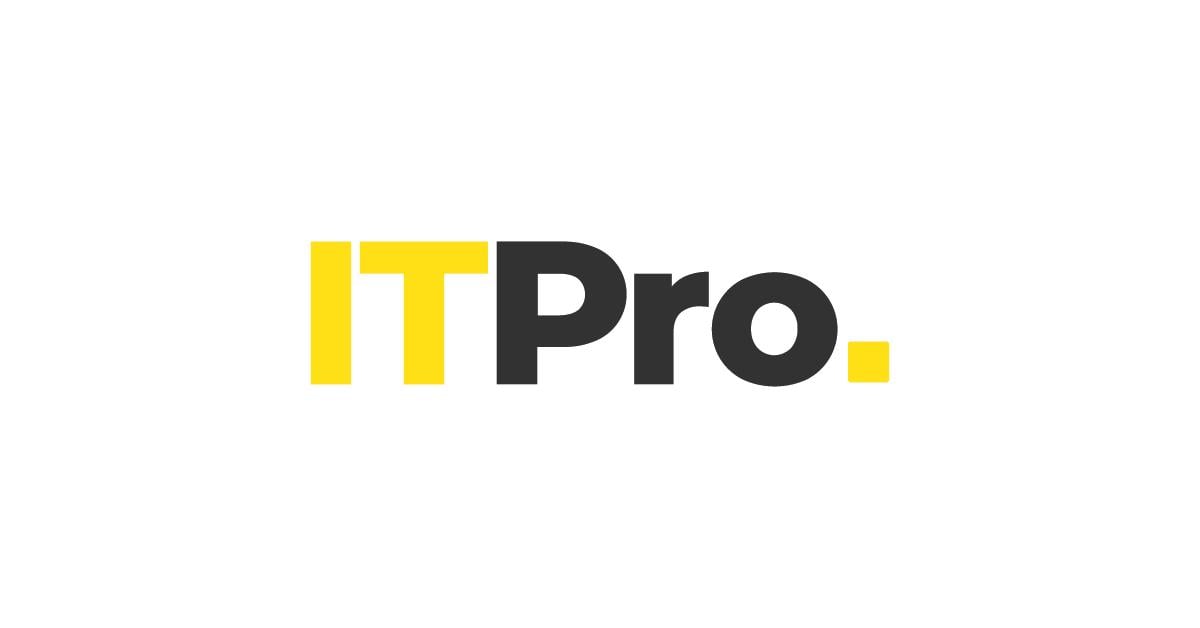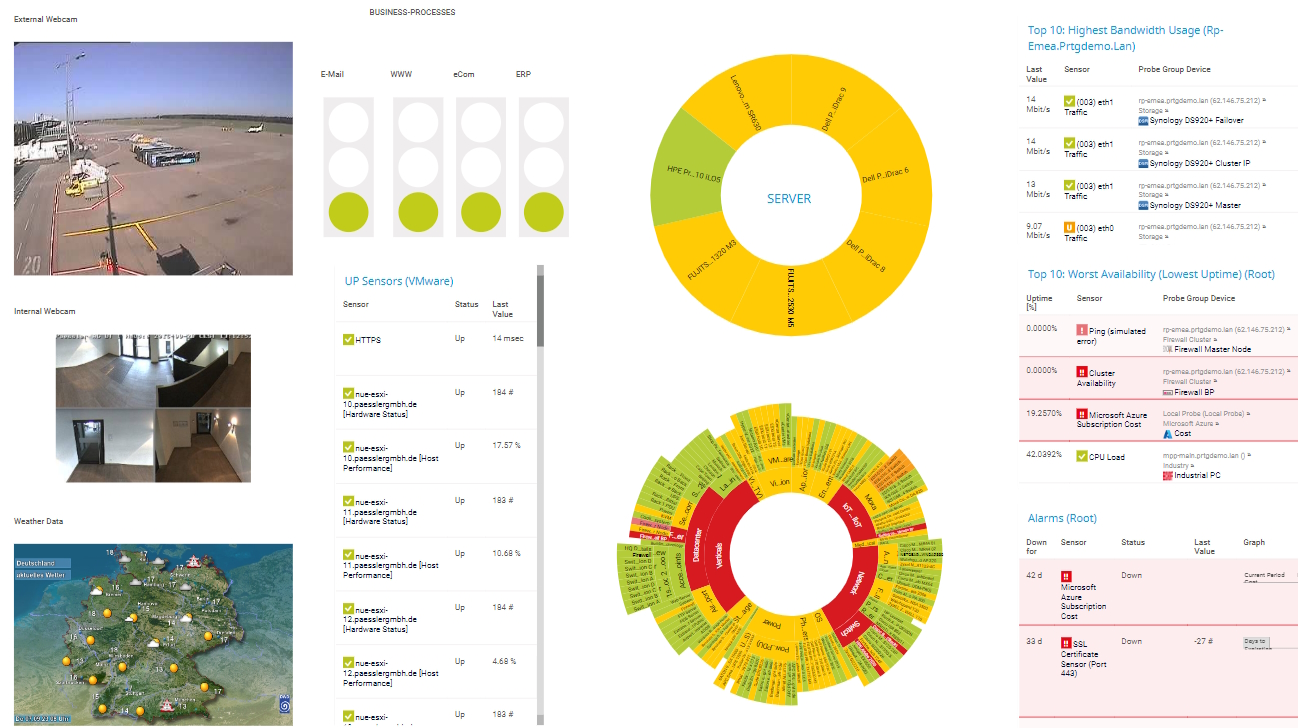Port scanner with PRTG
Strengthen your network security by keeping a 24/7 eye on your devices' ports
- Monitor TCP and UDP port status, bandwidth usage, and other key stats
- Identify and fix potential vulnerabilities like open ports
- Set custom alerts and get notified about issues near-instantly
PRTG makes port scans as easy as it gets
Custom alerts and data visualizations let you quickly identify and prevent resource bottlenecks, vulnerabilities, and other network issues.
A network with glitchy ports is like a house with broken doors
If your doors are stuck, the simple act of leaving one room and entering another can feel like an intense gym workout. And if they don't close properly, there's a risk anyone could come in. Even people who aren't welcome in your home.
Paessler PRTG is your comprehensive network port scanner for tracking all your UDP and TCP ports' key stats and alerting you promptly when they aren't working as they should. That means it's easier to clear the way if there are bottlenecks, and make sure those you want to keep out of your network stay out.
3 reasons why to use PRTG as your port scanning tool
Relentless reliability
Network health issues don't take days off. And neither does PRTG. Our port scanner monitors your network devices round the clock, continuously checking the status of all ports and determining whether a port is open, closed, or hidden.
Robust security
With so much on your plate, potentially critical security issues can easily go unnoticed. PRTG open port checker keeps a close eye on switch ports, router ports, server ports, and other network infrastructure, rooting out weak spots before bad actors can exploit them.
Real-time alerts
Pick your preferred warning and error thresholds, and PRTG will ping you as soon as any of your network's ports are at risk of going under or over, so you can fix issues, and avoid security incidents and network disruption without breaking a sweat.
Start port checking with PRTG and see how it can make your network more reliable and your job easier.
What port scanning looks like in PRTG
Diagnose network issues by continuously tracking ports across your network. Show port status, data transfer speed, and other key stats in real time. Visualize monitoring data in clear graphs and dashboards to identify problems more easily. Gain the overview you need to troubleshoot speed issues, security vulnerabilities, and other port problems.
Your online port scanner at a glance – even on the go
Set up PRTG in minutes and use it on almost any mobile device.


Find the root cause of the problem with our PRTG port scanning solution
Real-time notifications mean faster troubleshooting so that you can act before more serious issues occur.
“Excellent tool for detailed monitoring. Alarms and notifications work greatly. Equipment addition is straight forward and server initial setup is very easy. ...feel safe to purchase it if you intend to monitor a large networking landscape.”
Infrastructure and Operations Engineer in the Communications Industry, firm size 10B - 30B USD
Perfect for networks of all shapes and sizes
With more than 250 preconfigured PRTG sensors and the flexibility to create custom port sensors, plus unlimited monitoring capabilities, PRTG can handle any network with ease, regardless of scale and complexity.
Port v2 sensor
The Port v2 sensor that alerts you when a specific port is not available
Port Range sensor
The Port Range sensor that can monitor all TCP/IP ports within a given range simultaneously and shows you open and closed ports
SSL Security Check sensor
The SSL Security Check sensor you can use to find out which security protocols a particular device supports
PRTG is compatible with all major vendors, products, and systems
PRTG makes scanning your network's ports as easy as it gets
Custom alerts and data visualizations let you quickly identify and prevent resource bottlenecks, vulnerabilities, and other network issues.
Create innovative solutions with Paessler’s partners
Partnering with innovative vendors, Paessler unleashes synergies to create
new and additional benefits for joined customers.
We asked: would you recommend PRTG?
Over 95% of our customers say yes!
Paessler conducted trials in over 600 IT departments worldwide to tune its network monitoring software closer to the needs of sysadmins.
The result of the survey: over 95% of the participants would recommend PRTG – or already have.

PRTG: The multi-tool for sysadmins
Adapt PRTG individually and dynamically to your needs and rely on a strong API:- HTTP API: Access monitoring data and manipulate monitoring objects via HTTP requests
- Custom sensors: Create your own PRTG sensors for customized monitoring
- Custom notifications: Create your own notifications and send action triggers to external systems
- REST Custom sensor: Monitor almost everything that provides data in XML or JSON format
Still not convinced?
More than 500,000
sysadmins love PRTG
Paessler PRTG is used by companies of all sizes. Sysadmins love PRTG because it makes their job a whole lot easier.
Monitor your entire IT infrastructure
Bandwidth, servers, virtual environments, websites, VoIP services – PRTG keeps an eye on your entire network.
Try Paessler PRTG
for free
Everyone has different monitoring needs. That’s why we let you try PRTG for free.
Start port scanning with PRTG and see how it can make your network more reliable and your job easier.
|
PRTG |
Network Monitoring Software - Version 25.1.104.1961 (April 7th, 2025) |
|
Hosting |
Download for Windows and cloud-based version PRTG Hosted Monitor available |
Languages |
English, German, Spanish, French, Portuguese, Dutch, Russian, Japanese, and Simplified Chinese |
Pricing |
Up to 100 sensors for free (Price List) |
Unified Monitoring |
Network devices, bandwidth, servers, applications, virtual environments, remote systems, IoT, and more |
Supported Vendors & Applications |
|













